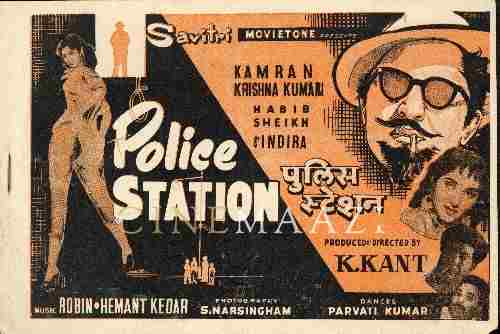- Release Date30/11/1982
- GenreBiographical, Historical
- FormatColour
- LanguageEnglish
- Run Time191 min
"Generations to come will scarce believe that such a one as this ever in flesh and blood walked on this earth…." - Albert Einstein
“if humanity is to progress Gandhi is indispensable. We all may ignore him at our own risk." - Martin Luther King
The film GANDHI opens with a funeral scene, a spectacular recreation of the procession that involved finally 300,000 people. The included 14 actors and actresses portraying principals in the scene, 1060 uniformed men from six different branches of the police and armed services, 1000 mourners, 3000 Home Guards, an organized crowd of 89,500 mourners and other citizens of Delhi who responded to an appeal to increase the numbers of those watching the procession.
The script of GANDHI spans 56 out of Gandhi’s 79 years. It starts from his South African days where Gandhi is shown as a young attorney who is thrown off the train for having the temerity to occupy a 1st class compartment, synonymous those days with ‘whites-only’. This humiliation is the starting point of Gandhi’s protest for the rights of Indians and other coloured people.
This takes physical manifestation in the burning of the passes Indians are required to carry. Beaten by a policeman who hopes to force him into submission, Gandhi carried on till he falls limp. Subsequently, he succeeds in getting their rights.
His fame has spread to India and he is called here to take part in the freedom struggle. On arrival, he is shocked at the poverty in the country and undertakes to travel all over the country to witness for himself the atrocities of the British Empire.
A lot of his cockiness is shocked out of him and he discards his three-piece English suit for homespun clothes to identify with the common man. Later this too is discarded for the peasant-like loincloth more representative of India’s starving millions and poverty.
Gandhi’s struggle for the non-violent approach, his belief that men are more good than evil, and his ideas, forged in painful experience are all part of the character written by screenwriter John Beiley. He has tried to capture Gandhi’s life with the most fundamental drama of all the war in our hearts between love and hate.
Gandhi’s wife Kasturba, along with Gandhi himself, makes the smooth transition from a successful attorney's wife clad in silk, who refused to clean the common latrine in the Ashram, to the perfect helpmate and foil to Gandhi, wearing homespun sarees and even addressing meetings along with him.
Some highlights of the film are the Dandi march in which over 50,000 people participated - a visual delight.
Another is the protest which Gandhi’s followers make at the Dharasana Saltworks in 1930. This scene together with the entire concept of the movie is a deeply moving one.
The Jallianwala Bagh scene where the senseless massacre of men, women children attending a peaceful meeting takes place, comes through with chilling reality.
Nehru, as charming on screen as he was in real life and Sardar Patel the prosperous lawyer who gave up his practice to support the Independence struggle are two major characters in the film.
[From the official press booklet]
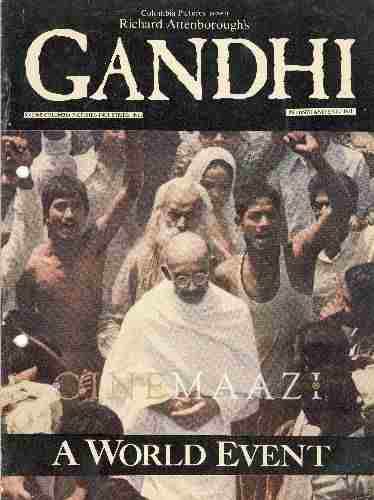
Cast
-
Ben Kingsley
Mahatma Gandhi -
Edward Fox
General Dyer -
John Gielgud
Lord Irwin -
Rohini Hattangadi
Kasturba Gandhi -
Sayeed Jaffrey
Sardar Patel -
Alyque Padamsee
Mohammad Ali Jinnah -
Amrish Puri
Khan -
Roshan Seth
Pandit Nehru -
Virendra Razdan
Maulana Azad -
Harsh Nayyar
Nathuram Godse -
Om Puri
Nahari -
Peter Harlowe
Lord Mountbatten -
John Mills
The Viceroy -
Sunila Pradhan
Mrs Motilal Nehru -
Tarla Mehta
Sarojini Naidu -
Dilsher Singh
Abdul Ghaffar Khan -
Gurcharan Singh Gill
Speaker in Jallianwalla Bagh -
Dr Shreeram Lagoo
Professor Gokhale -
Jane Myerson
Lady Mountbatten -
Habib Tanvir
Indian Barrister
Crew
-
BannerColumbia Records
-
Director
-
Producer
-
Music Director
-
Assistant Director
-
Costumes
-
Art Director/Production Design
-
Cinematography
-
Editing
-
Stills
-
Writer
-
Sound Recording/ Audiography
-
Make-up



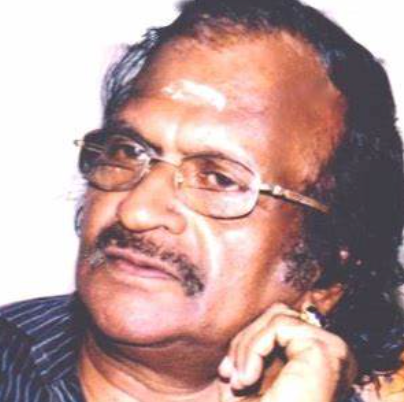
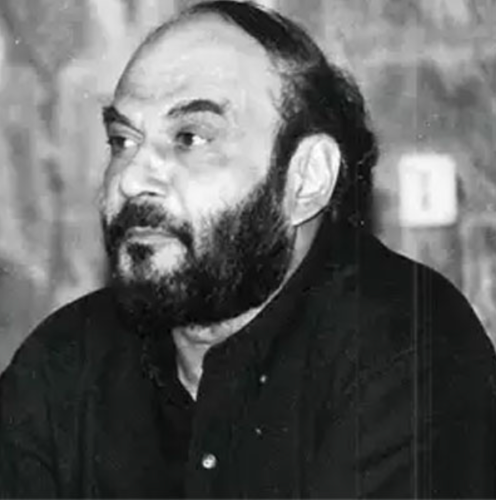
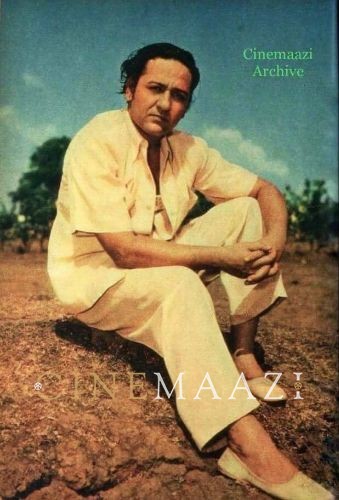
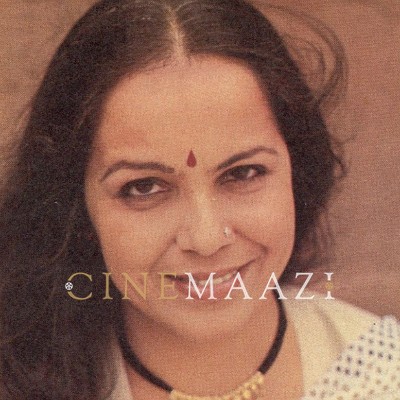
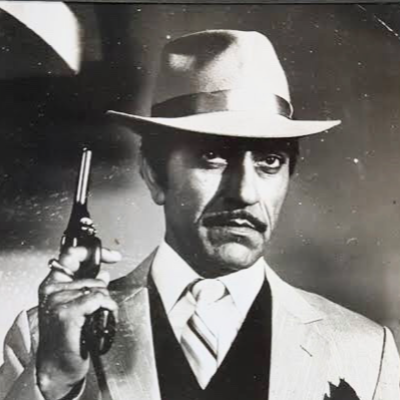
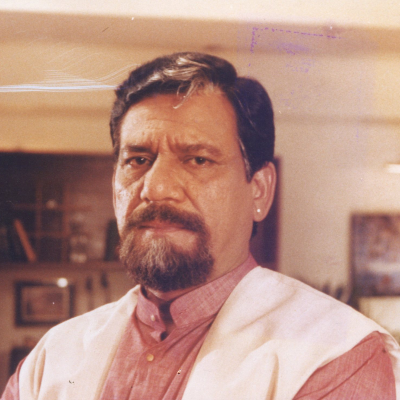
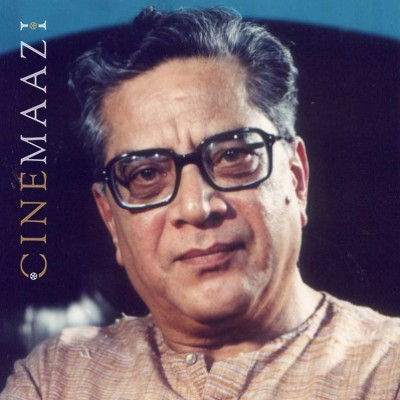

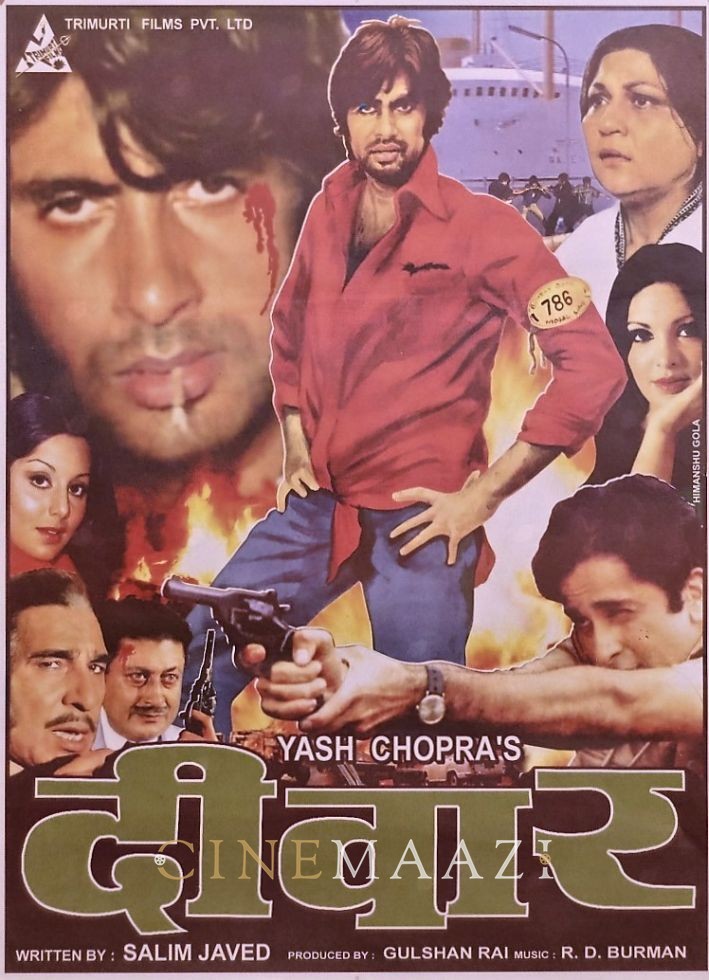
.jpg)

